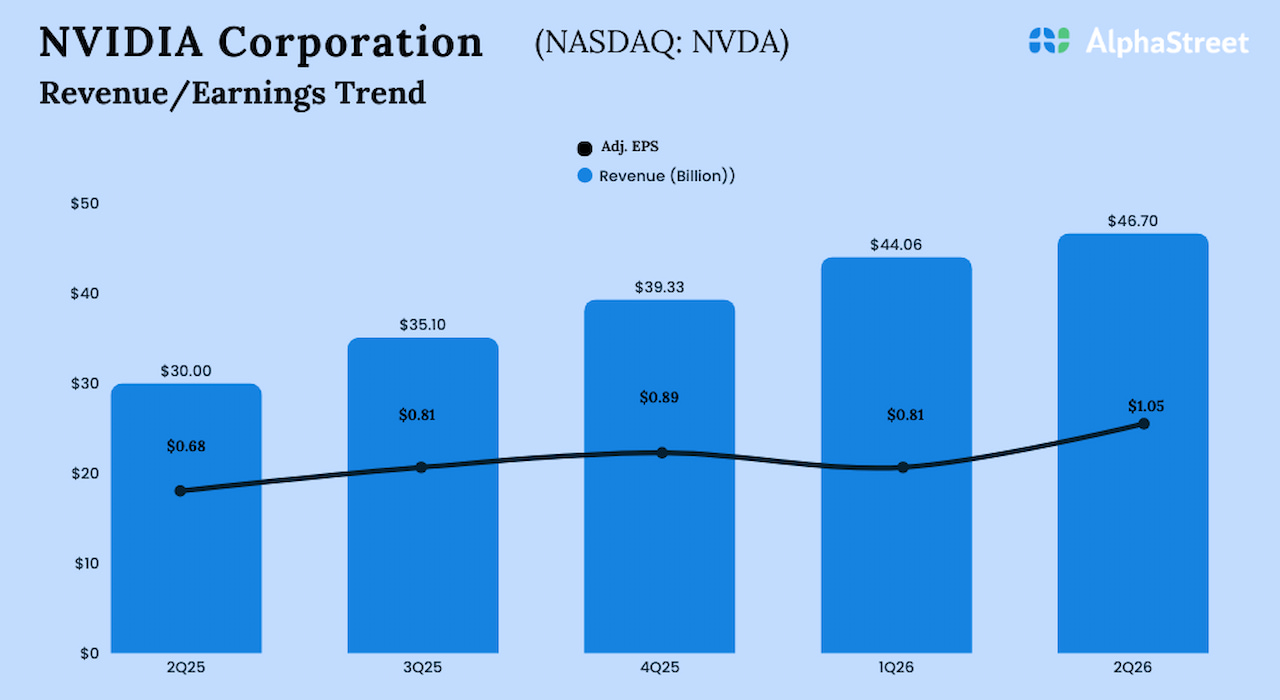When Atlanta resident Morgan Nichole Scott financed a used Infiniti QX60 in late summer 2020, car prices were starting to skyrocket. But the single, working mother of four couldn’t delay the purchase because her old car had stopped running.
Fast-forward to March 2023, when used-car prices had declined from record highs. Scott visited a dealership wanting to trade in the now-refinanced car and encountered obstacles because of negative equity, or owing more on her loan than the car was worth.
Scott says the dealership wouldn’t take her car as a trade-in unless she paid the negative equity. Alternatively, the salesperson said she could keep her current car and get a new $62,000 loan for a 2023 Infiniti QX60. That would mean she’d continue to pay a $400 monthly car payment and add to it a $1,300 payment for the new car — bringing her total to $1,700 a month.
“I was very clear that I didn’t want a mortgage payment for a car payment,” says Scott. “I was looking at the paperwork like, ‘I know that’s not what this says.’”
Many car owners who bought during the pandemic are finding themselves with growing negative equity. According to automotive research firm Edmunds, the average negative equity value of auto trade-ins was $5,445 in April 2023, up nearly 24% compared with the previous year.
Why is the amount of negative equity growing?
Negative equity, also called being underwater or upside-down, isn’t new, as cars have always depreciated. However, many people in the automotive and finance industry worry a perfect “negative equity” storm is brewing as a result of pandemic-related factors.
During COVID-19, microchip shortages and supply chain issues caused new-car inventory to plummet, forcing many car buyers to purchase used vehicles. Lack of supply for new and used cars pushed vehicle prices to record highs. As recently as December 2022, the average transaction price for a new car peaked at $49,507, according to data company Cox Automotive. That’s compared with $38,948 in December 2019, before the pandemic hit in the U.S. In April 2023, the average used-car listing price was nearly $27,000, an increase of 35% since 2019.
At the same time, government stimulus payments and less consumer spending enabled some people to improve their financial situations.
“All the stars aligned to create this scenario where people were able to spend more and probably get higher loans. And now, as vehicle values are starting to decrease, it’s starting to catch up with them,” says Chris Kleczynski, PenFed Credit Union assistant vice president and head of product for automotive lending.
On top of higher loan amounts, car buyers who financed in the past year committed to paying more in interest. When the Federal Reserve began increasing the federal funds rate in early 2022, auto loan rates followed, reaching a 15-year high. In April 2023, average APRs were at 7% for new cars and 11.1% for used, according to Edmunds.
Kleczynski believes negative equity will likely become a bigger issue. “I think we’re in the early cusp of it, because really used car prices started dropping at the end of last year,” he says. “For that matter, they actually stabilized and recently increased slightly. So, we’re still early on in the cycle.”
Why having a car with negative equity can be a problem
Having negative equity isn’t necessarily a problem if a car owner keeps a car, but selling or trading in a vehicle when its loan is upside-down can be an expensive challenge.
If a person owes $30,000 on a car that’s worth $25,000, the vehicle has $5,000 worth of negative equity. To trade or sell the car, the owner would need to pay the $5,000 difference.
The same is true if the car is totaled in an accident. The auto insurance company would pay only its current estimated value of the car, leaving the borrower responsible for the negative equity amount to pay off the loan.
What to do about a car’s negative equity
Scott decided to forgo the purchase of a new car and focus on paying down the balance of her current one.
Kleczynski says that’s often the best approach. “At a certain point, your vehicle value will stabilize. Your loan balance will finally go down and be below the amount that the vehicle is worth.”
Paying extra on the loan each month, even a small amount, and making sure it goes to the loan principal can help turn negative equity positive faster and make it easier to sell or trade the car. You might also consider purchasing gap insurance to cover the difference between an insurance settlement and loan payoff if the car is totaled while still upside-down.
For some car owners, keeping a car with negative equity isn’t an option. Neither is paying thousands of dollars out of pocket to trade or sell it. Selling or trading the car, and rolling its negative equity into a loan for a new car, may be the only choice. This means you would still be paying negative equity, with interest, as part of your monthly payment on the new car.
Chris Kukla, auto finance senior program manager with the Consumer Financial Protection Bureau, says a person should try to reduce the amount of negative equity rolled over. Use online pricing guides to know a fair trade-in value for your car, or try different ways of selling your car to get the most out of it. Also, shop and compare lenders using an auto loan calculator to find the lowest rate on the new loan.
Another possibility is keeping the car and refinancing it at a lower interest rate and payment, to help get negative equity under control. But, refinancing a car with negative equity may not work for everyone.
In today’s rising rate environment, it may be difficult to refinance to a lower rate. And, to avoid simply accumulating more negative equity, you would need to refinance to a shorter term requiring a higher monthly payment. Also, with a high amount of negative equity, you might not meet lender loan-to-value requirements to qualify for refinancing.
Kleczynski and Kukla agree car owners should ask themselves if replacing an underwater vehicle is a need or a want. The answer to that question can help determine which path is best for them.







































